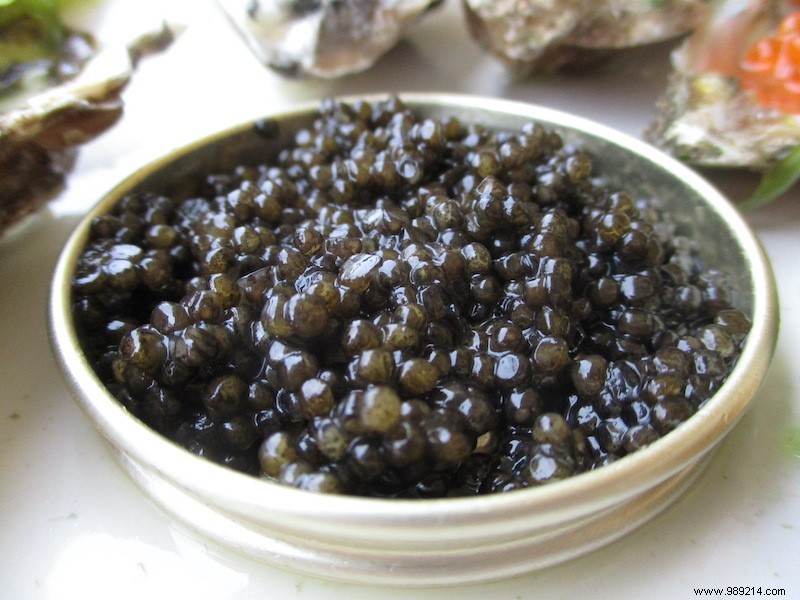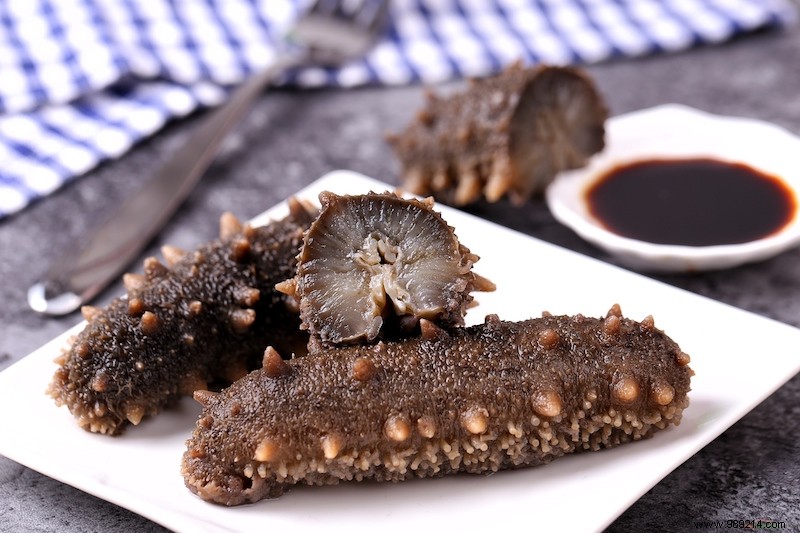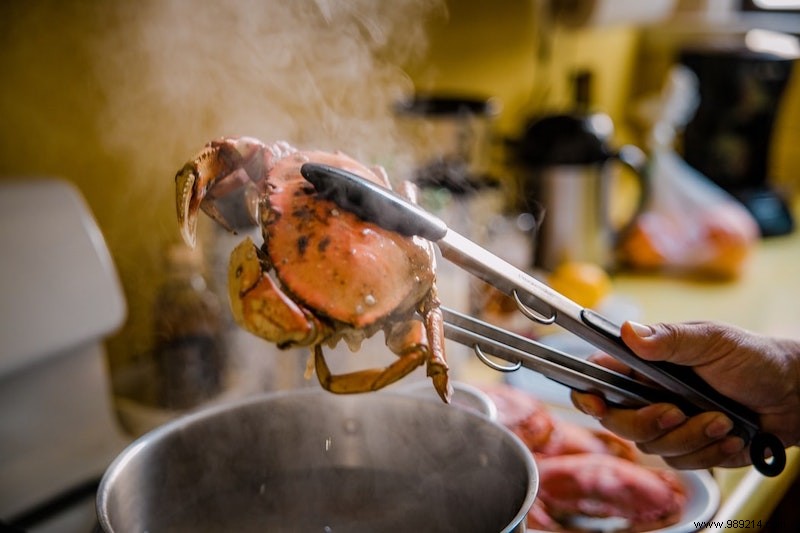Have you ever tasted monkfish sandwiches? Smoked sharma? Why not treat your taste buds with delicious Black Sea oysters? If you are looking for a completely new gastronomic experience, Russia is a perfect destination. Are you brave enough to taste a raw sea urchin or a scary looking sea cucumber? Let's live a virtual gastronomic adventure!
Sea urchin
You can find this delicacy in the Baltic Sea or the Sea of Japan (Russian Far East). Don't be fooled by its sharp points:sea urchin flesh is tender and sweet, with a hint of iodine. The most precious part of a sea urchin is the roe deer:it is incredibly rich in vitamins, minerals, essential fatty acids and other beneficial substances, and is even considered the elixir of life (these animals can live up to 200 years!). Sea urchin roe is one of the main ingredients in Japanese cuisine and is often used in the Russian Far East:Russian chefs use it for cooking tartare, seafood pasta and spices.
Caviar

The roe of the Russian sturgeon (also known as “diamond sturgeon”) is a true symbol of wealth and power of the Russian Empire. It was one of the most luxurious dishes of Russian royal cuisine. The traditional method of production of caviar is complicated and very expensive, so only a few Russian and foreign producers follow it today. More affordable alternatives include:pink salmon caviar, coregonus caviar, trout, halibut and coho salmon caviar.
Japanese sea cucumber (“trepang”)

This gastronomic delicacy is little known outside the Far East. In Korea and China, it's usually eaten raw (and yes, it doesn't look very pretty), while in the Far East it's usually cooked the same way as an octopus. Despite its eerie appearance, sea cucumber is a source of vitamins and minerals and is widely used in Eastern medicine.
Kamchatka crab

The red king crab, also known as Kamchatka or Alaskan king crab, is on trial for the ranked first among the other crabs caught in the Russian Far East. These animals are huge – their leg span can reach 6 feet and their weight ranges from 2.5 to 5 pounds! Kamchatka crab is a real treasure of oriental cuisine. The flesh is delicious:white, soft and a little fibrous. The edible parts of crabs are legs and pincers; they are usually boiled in salt water (maximum 15 minutes, otherwise the meat will become tough) and they should be eaten fresh. The roe of Kamchatka crab is also used in local cuisine.
Murmansk Seashell
This beautiful marine mollusk is one of the most popular and refined seafood delicacies due to its juicy and tender flesh. It can be eaten raw or cooked, combined with other products. According to many Russian chefs, it is a perfect high-quality ingredient for fish specialties.
Magadan sea snail This mollusk hides its precious protein-rich flesh in its elegant helical shell. Magadan sea snails live in cold waters of the northern seas and are widely used in oriental cuisine. There are countless recipes with this seafood:for example, a boiled sea snail with lemon, olive oil and vinegar; a sea snail fricassée with tomato sauce and potatoes… The list goes on.
Cucumaria
This exotic animal is a genus of sea cucumbers. In Asian countries, such as Japan and China, it is fondly known as a “Sea of Japan ginseng,” and with good reason. It is a unique product appreciated for its excellent taste and medicinal properties. In Russia, Cucumaria is mainly known to people from the Far East. So if you visit Vladivostok one day, you should definitely try this delicacy!